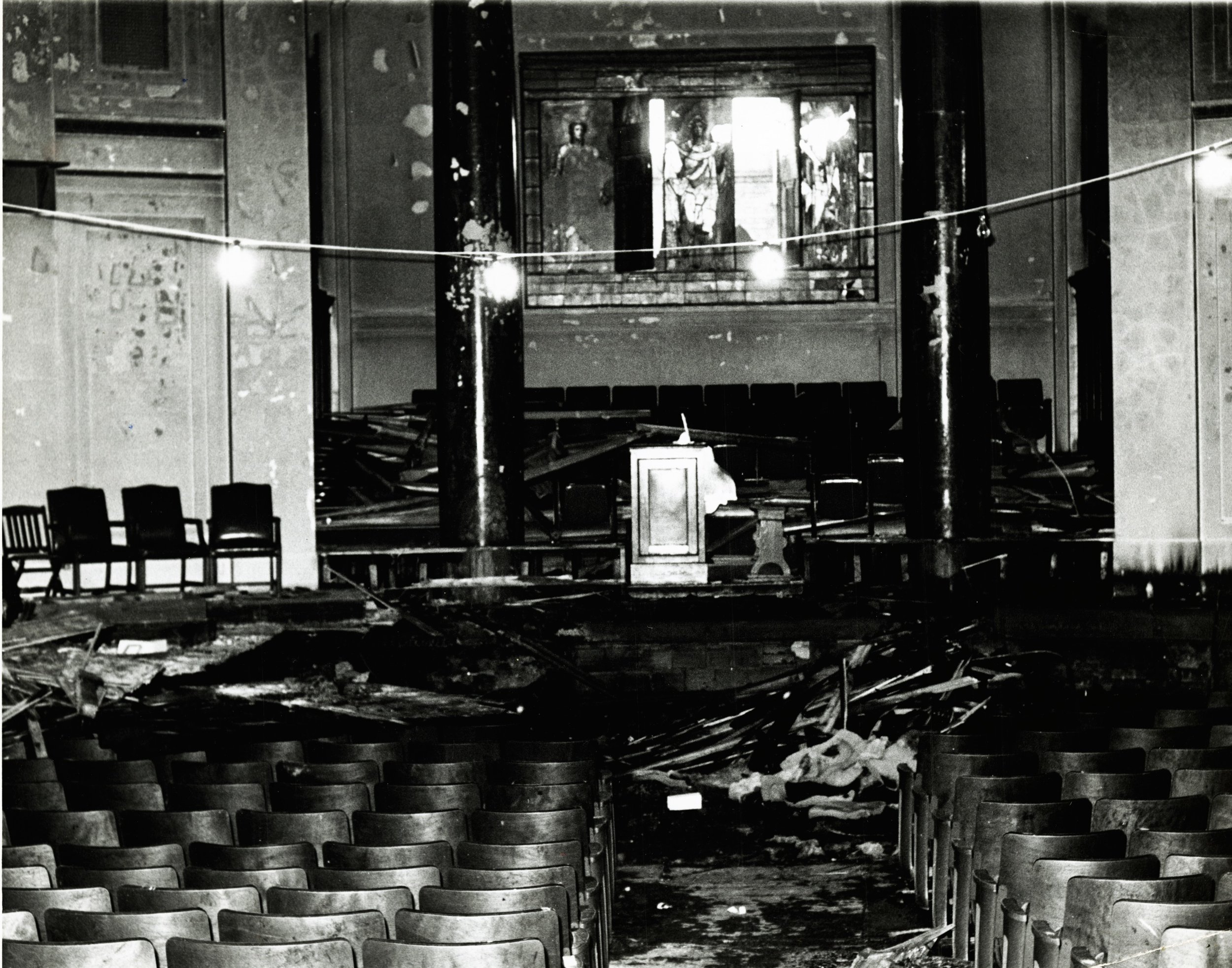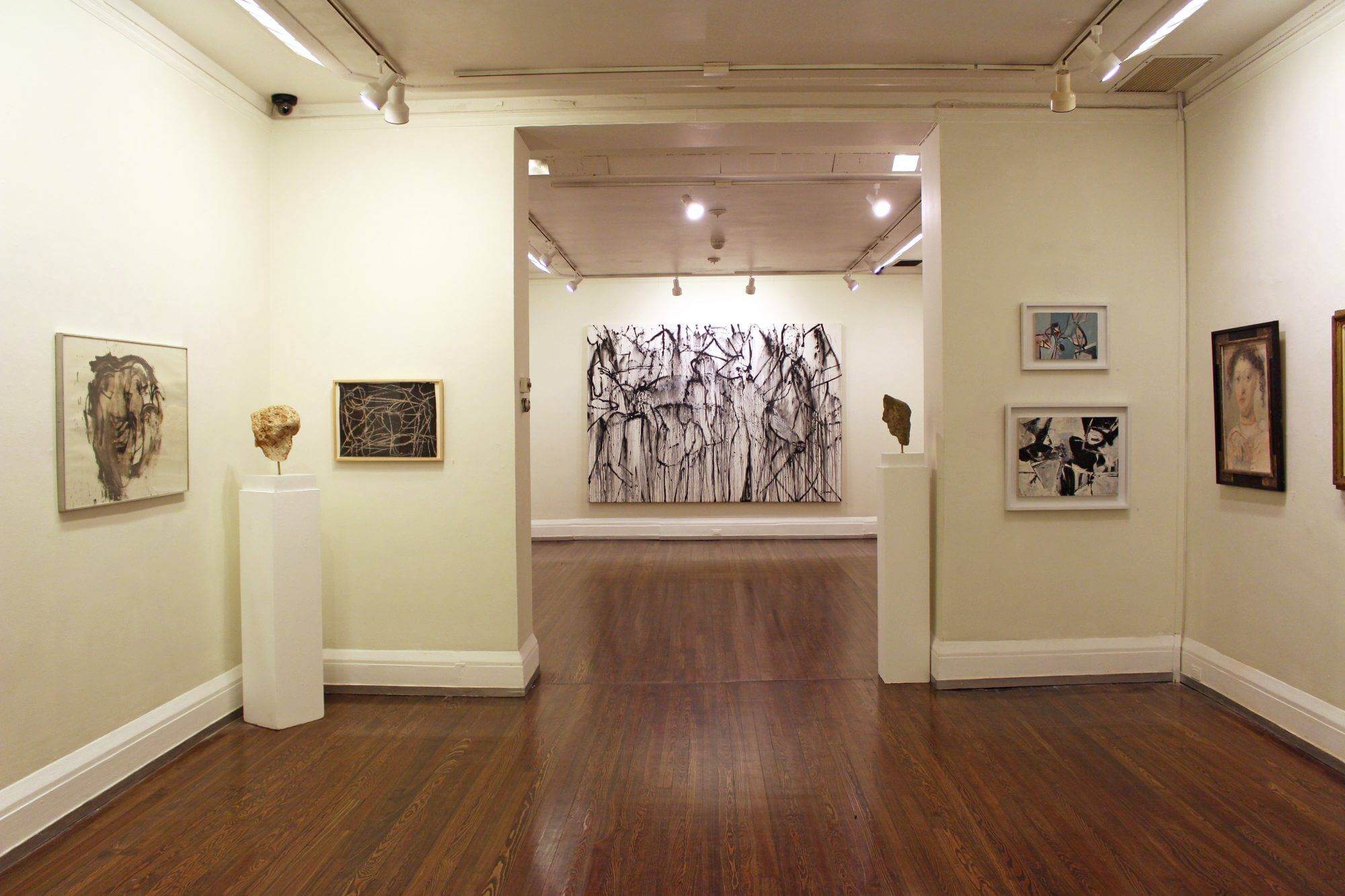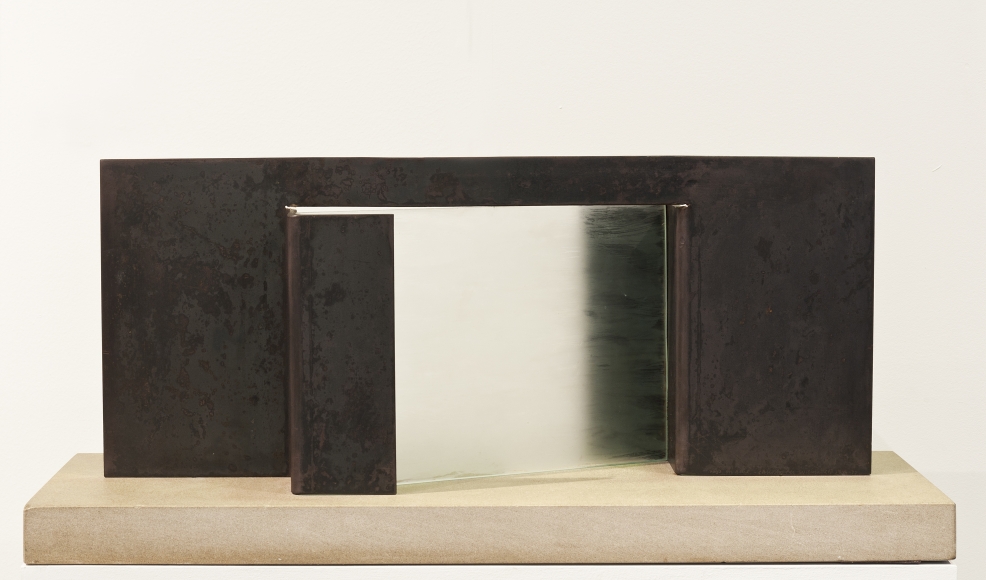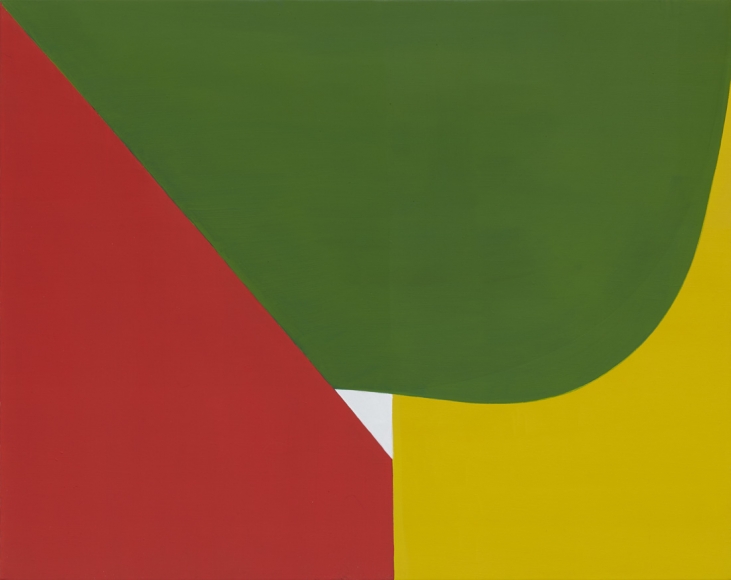THE NEW CRITERION, November 2017
On Stanford White’s Hall of Fame for Great Americans.
Among the summer flush of de-memorialization, one target called out with particular alacrity: Stanford White’s Hall of Fame for Great Americans. A monument to remembering now largely forgotten in the University Heights neighborhood of the Bronx, the Hall of Fame saw a flash of notoriety this past August. A website reported that the busts of “two slaveholding Confederate generals sit unperturbed on the grounds of Bronx Community College.” Local politicians on up to the governor of New York issued swift condemnations. The president of the college released a brief statement: the school remains “committed to reflecting its values of diversity and inclusion in all of its actions and statements. Embracing difference includes creating space where all people feel respected, welcomed, and valued. To that end, we will be removing and replacing the busts.” By that evening, all evidence of the figures—two bronze busts and their accompanying bronze tablets—had been pulled from view, leaving empty pedestals and a denuded landmark that now returns to historical obscurity.
In a city that celebrates William Tecumseh Sherman with a gilded equestrian statue at the corner of Fifty-ninth Street and Fifth Avenue, it was certainly curious to find busts of Robert E. Lee and “Stonewall” Jackson included in a “hall of fame for great Americans.” More curious still was their appearance in a bucolic but overlooked corner of the Bronx, on the campus of a community college few have heard of—which was once headed by a veteran of the Tuskegee Airmen who sought funding and acclaim for the architectural legacy in his charge. Or that, included among the nearly hundred “great Americans” arranged around these two Confederates, were Harriet Beecher Stowe, Booker T. Washington, Henry Ward Beecher, and George Washington Carver—and, for that matter, Lincoln, Grant, and Sherman.
Boy scouts admire the bust of Abraham Lincoln in an undated photograph.
The Hall of Fame for Great Americans has never been a Confederate monument, or even a monument to Confederates. A relic of urban history, it is rather one of the city’s most remarkable memorials to beaux-arts design and turn-of-the-century aspiration, the shadow of one university and the responsibility of another, now nearly unknown beyond the students and faculty who keep it alive. Its defacement, however expedient or politically charged, is an alteration of a city landmark without review, or even public comment, as to its legality. Such intervention is also the latest affront in a half-century of neglect and abuse for a site that should be a focus of architectural and cultural acclaim.
The Hall of Fame for Great Americans records a time when cultural energy and grand form combined in the flowering of the Beaux Arts and the effervescent theater of its greatest interpreter, Stanford White. Driven by the city’s economic engine following the Civil War, two small downtown colleges nearly simultaneously sought to create ambitious new campuses uptown. Columbia looked to the heights of Morningside. New York University, meanwhile, captured the highest promontory of the Bronx, on a bluff above the Harlem River. The forty-acre estate of the nyu alumnus H. W. T. Mali, with sweeping views across northern Manhattan to the Palisades of New Jersey, was transformed into nyu’s new University Heights campus.
Stanford White’s Gould Memorial Library soon after its completion. Photo: New York University Archives
Both schools selected the firm of McKim, Mead & White to design their campuses. Each were anchored by libraries that spoke to the grandeur of the schools’ classical inheritance and their own academic ambitions. Unlike Columbia, however, New York University determined to maintain two academic centers. University Heights became its new uptown campus. Its older site, around Washington Square, remained in simultaneous operation. This arrangement continued for three-quarters of a century, until the university abandoned the Bronx and reconsolidated in 1973.
The creation of the University Heights campus was the initiative of Henry Mitchell MacCracken, a Presbyterian minister and writer who became the chancellor of nyu in 1891. MacCracken believed his move uptown “would fulfill more nearly the American ideal of college.” His vision for his school, and the role of art and architecture in his new campus, made him an active, if not altogether welcome, partner to its master architect, Stanford White.
Unlike Columbia’s uptown campus, which occupies a high plain, nyu’s University Heights campus terminates in a steep slope behind the site of its western anchor, Gould Memorial Library, a structure funded by Helen Miller Gould Shepard, the daughter of Jay Gould and herself an alumna of the University. Faced with the challenge of the site, White made the most of its topography and impressive views by designing a 630-foot terrace and colonnade, built atop a high, curving retaining wall that wrapped around the back of his new library.
It was MacCracken’s genius to turn this open-air promenade, with its classical columns and Guastavino-tiled ceiling, into a new institution, and a growing monument, dedicated to American achievement. Inspired by such predecessors as Munich’s “Ruhmeshalle,” Poets’ Corner in Westminster Abbey, the National Statuary Hall at the United States Capitol, and the Panthéon in Paris, he created America’s “Hall of Fame”—the original, and the one that has now led to countless others in sports and entertainment. MacCracken believed that not only statesmen, but also soldiers, jurists, writers, and artists should be honored together in this one American pantheon. He also created a mechanism for public engagement, with open nominations to be sent up to a blue-ribbon jury of one hundred electors. New “Hall of Famers” were to be added by majority vote every five years.
McKim, Mead & White original architectural plans for Gould Memorial Library. Photo: New York University Archives
The Hall of Fame quickly caught the public’s imagination, with the election of new honorees becoming a sensational event. The initial selection began in 1900 and continued until the late 1970s and its era of national uncertainty. Each new addition was marked by a bronze tablet, created by Tiffany Studios and mounted to the wall of the promenade, which recorded the name, the date of birth, the date of death, and a notable quote. Funds were subsequently raised for the commissioning of each of the portrait busts, which have been designed by Daniel Chester French, Frederick MacMonnies, and Augustus Saint-Gaudens, among others. The busts were often dedicated decades after induction, as funding allowed. Franklin Delano Roosevelt, elected in 1973, was the last to receive one, with a bust by Jo Davidson dedicated in 1992. Louis D. Brandeis, Clara Barton, Luther Burbank, and Andrew Carnegie still await their own commemorative statuary.
The Hall of Fame may be just as notable for its idiosyncratic collection of Americans as it is for the busts on display. It speaks, in a unique way, to the figures of importance in America at the time of their election. Today there are still numerous familiar faces, from Daniel Chester French’s haunting image of Edgar Allan Poe to Augustus Saint-Gaudens’s downturned visage of Abraham Lincoln. Yet there are many Americans along this vaulted empyrean who are now far from household names. How about Hall of Famer Elias Howe, the inventor of the sewing machine (elected 1915)? Or Matthew Fontaine Maury, who charted ocean currents (1930)? Or Charlotte Saunders Cushman, Shakespearean actress (1915)? Or Phillips Brooks, who wrote “O Little Town of Bethlehem” (1910)? Any visit to the Hall of Fame is an education in American history and in American hagiography—and in American forgetfulness—with the names, quotes, dates, and busts all forming a unified whole.
It is within this context that the removal of Lee (1900) and Jackson (1955), and any notice of their long-time inclusion, speaks to a lessening of design and loss of a historical record. Figures in the Hall operate in visual dialogue not only with us but also with one another. Grant looked across the colonnade at Jackson, and Farragut at Lee. Both Confederate busts were underwritten by the Daughters of the Confederacy, like many of the country’s now controversial monuments, but their inclusion was regarded by the Hall’s Northern overseers as a nod to national unity—in 1900, just thirty-five years from the end of America’s bloodiest war. The busts may have indeed represented the very “values of diversity and inclusion . . . embracing difference” that today’s leadership says they offend. Now that they are gone, we no longer are able to interpret their historical meaning for ourselves.
The Rotunda of Gould Memorial Library. Photo: James Panero
The diminishment of the Hall of Fame for Great Americans undermines an ever greater architectural whole, one centered around White’s crowning masterpiece, Gould Memorial Library. Circling around it, the Hall of Fame represents the radiant American outcome of the timeless knowledge contained within. Architecturally, Gould Memorial Library also serves as a stunning counterpoint to the more grounded classicism of Columbia University’s Low Memorial Library, designed by White’s partner, Charles Follen McKim. Compared to McKim’s “architecture of weight and gravity,” writes Richard Guy Wilson in his history of their firm, White “remained tied to a pictorial vision of architecture, dazzling surface effects of light, texture, color, and ornament.”
The pedastal that formerly held the bust of “Stonewall” Jackson, soon after its removal.
Drawing on both the Pantheon in Rome and Thomas Jefferson’s Rotunda at the University of Virginia, White’s Gould Memorial Library opens in yellow Roman brick and an imposing east portico of six Corinthian columns. And like the original Pantheon, White gives little impression outside of the spaces within. Two monumental bronze doors (now a memorial to White himself, created as a tribute by his own artisans in the 1920s) lead onto a steep, barrel-vaulted internal staircase, through which White delays the reveal even more. When we finally arrive, the heart of Gould Library opens up as a dizzying, celestial golden rotunda, with a spiraling coffered dome originally illuminated by a large glass oculus (made larger at the insistence of MacCracken). Tiffany glass at one time added to the effect by shining dappled light in a kaleidoscope of colors onto the library collection, which once lined both the inside and outside of the rotunda walls. The names of great thinkers are imprinted in gold throughout, while hidden doors lead onto what was once classroom space for the school’s academic disciplines.
University Heights was already a diminished campus when New York University sold it in 1973 for what became Bronx Community College. nyu’s subsequent consolidation and self-enrichment built out the corpus for that school’s growth into the neoliberal empire it is today. Gould Memorial Library had already been decommissioned before the departure. The books had been removed to another building in a campus expansion, overseen by Marcel Breuer in the 1960s, that attempted a flat-footed jump from the Gilded Age to the Space Age. In contrast to nyu, it is important to say that Bronx Community College has worked diligently to maintain its Gilded Age patrimony, and it keeps its doors open to all visitors, every day and free of charge. In 2012, an even newer library, this one designed by Robert A. M. Stern, opened on the campus in a style that majestically engages White’s original vision.
The auditorium of Gould Memorial Library in 1969, after being firebombed during student protests. Photo: New York University Archives
Why then intervene in a landmark campus by altering its statuary? The answer may be found in the basement auditorium of Gould Memorial Library. Directly below the rotunda, White created another domed space, again illuminated by Tiffany glass and a skylight that reached up through the rotunda floor. In 1969, as the campus was engulfed in protest, an arsonist threw a Molotov cocktail into this auditorium. The fire, which nearly burned down the entire library, fully destroyed its lower level and shattered its Tiffany glass on up to the oculus.
Half a century on, even before Bronx Community College could shuffle Lee and Jackson off to storage, vandals had already defaced the busts and tablets with paint. The specter of leftist violence still haunts University Heights. Radical unrest remains the ultimate threat to a campus that Bronx Community College has worked to preserve for over forty years. That such a complex could be so swiftly and unquestionably effaced must serve as a monument to our time. Its empty pedestals are now the memorials to our own iconoclasm.












